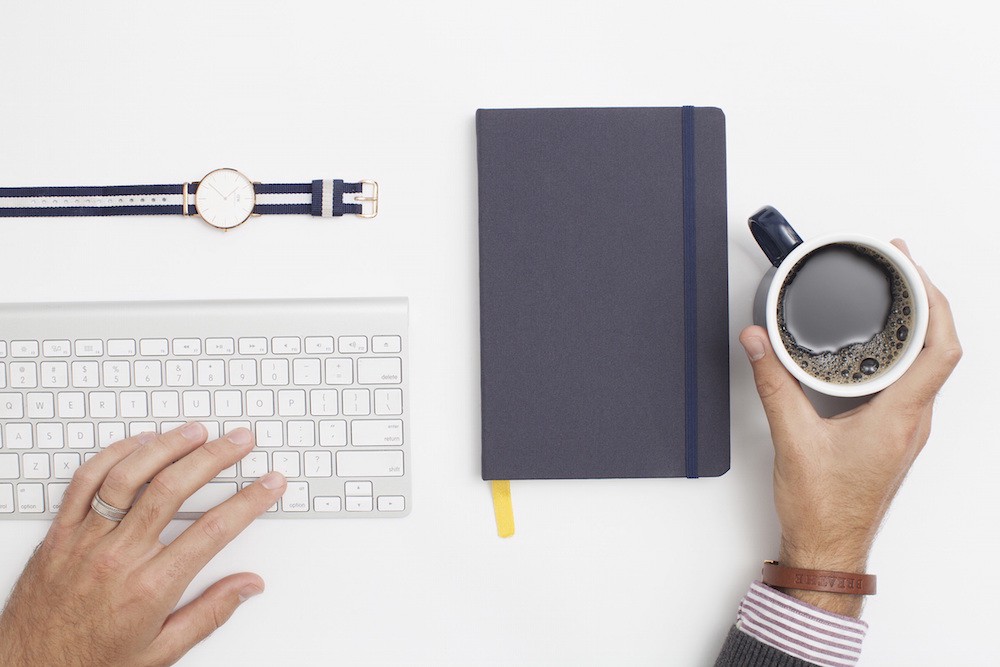Whenever I ask groups of leaders how many notice they tend to get sick only on weekends or while on vacation, I’m greeted by a sea of raised hands. Why is that? Perhaps it’s because it’s only during downtime — even a small amount — that the messages of the body that are drowned out during the work week have a chance to be heard.
Those of us who spend a lot of time sitting behind our desks, or in conference rooms or colleagues’ offices, can create a little therapeutic downtime in the midst of our busy days. We can do a daily check-in using a short practice that creates the space for us to tune into our bodies. I call it the desk chair meditation.
The “desk chair” part needn’t be taken literally; this meditation can be done anywhere you can sit quietly and practice, even in an airplane seat. You may need to be creative to find the right quiet place. Some people find that they’re best able to do this practice by leaving their office and going to an empty conference room, or even by leaving the building to sit in their car during part of their lunch break.
The main part of this practice involves what’s called a “body scan,” which is simple to do. Begin by bringing your attention to the sensations of your breath. When you’re ready, direct your attention to the soles of your feet. Open your mind to whatever sensations are there to be noticed. Perhaps it’s the pressure on your soles as the weight of your legs rests on them. Perhaps the soles themselves feel warm or cool. Just notice. No need to judge or engage in discursive thinking. If your mind is pulled away or wanders, redirect your attention, firmly and gently.
Move your attention next to the tops of your feet, ankles, lower legs, knees, and so forth. Gradually scan through your body, noticing sensations, discomfort, and areas where you detect an absence of sensations. For example, you may simply not notice anything in your shoulders right now. No need to search for sensations; just keep scanning through your body, taking your time and being open to what is here.
As you scan through your body, attend to whatever sensations are there, including areas that feel tight or sore or painful. You may also notice more generalized feelings such as sleepiness or illness. Many people find these discoveries surprising, either for the fact of their very existence, or for the extent to which they make themselves known. These sensations are the language of the body, and when you bring your attention to them, you can hear more clearly what your body is telling you.
Human beings have not only the capacity to feel sensations outside ourselves using nerve receptors on the skin, but also the capacity for interoception — sensing the signals sent from the inside of the body. Since these capabilities are hardwired, why don’t we notice their messages more consistently?
There are several possible reasons. Perhaps our existence is so over–scheduled with nonstop activities that there is no space for the attention required to care well for ourselves. Maybe a penchant for doing things perfectly leaves little time for being sick. Many of us were trained to play even when hurt, sublimating pain as we strove for excellence. Whatever the reasons, if we stop for a moment to consider this, we may realize that the consequence of ignoring sensations is that the body will keep turning up the volume until it can’t be drowned out. By that point, sometimes a serious health problem is already emerging.
The desk chair meditation is a way for you to drop in on your body’s messages and listen. The information you gather may prompt you to make some simple choices to care for yourself — doing a few more stretches to alleviate a sore back, modifying your sleep patterns to counter ever-present fatigue, adjusting your diet to turn down the heat in your stomach. The desk chair meditation — a ten-minute checkup, or better yet, a ten-minute check-in — can help you keep weekends and vacations, and every day, healthy and happy.

Finding the Space to Lead Online Course
Four Wednesdays, June 7th — 28th, 2017 3:00 PM to 4:30 PM EDT
Begin your leadership journey with this immersive online course on the foundations of mindful leadership.
Using former General Mills executive and Institute for Mindful Leadership Founder, Janice Marturano’s award-winning book “Finding the Space to Lead” as a guide, participants will learn the fundamentals of mindful leadership, including mindful communication, how to cultivate focus, see past our own filters, manage stress and be more innovative and effective leaders.
Originally published at medium.com


